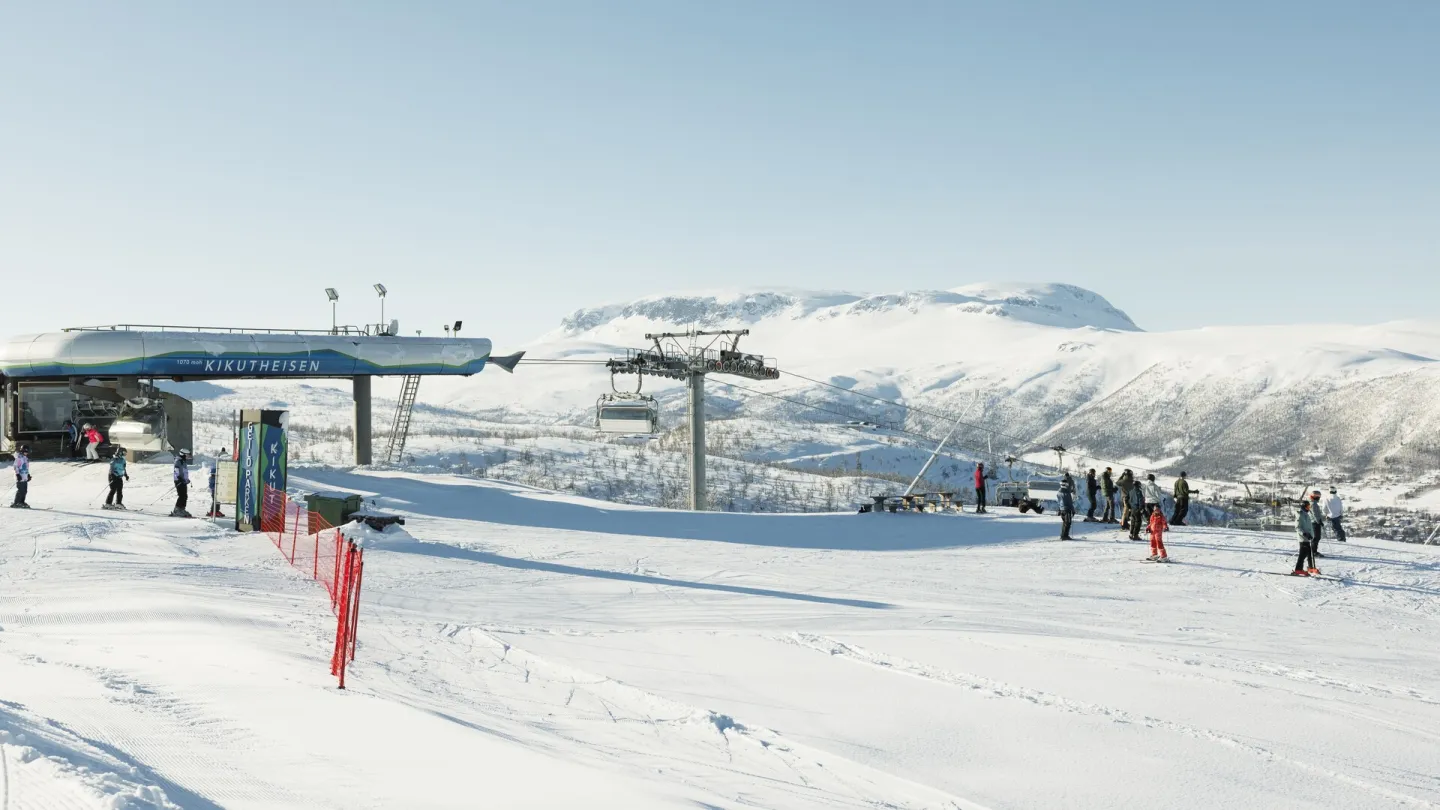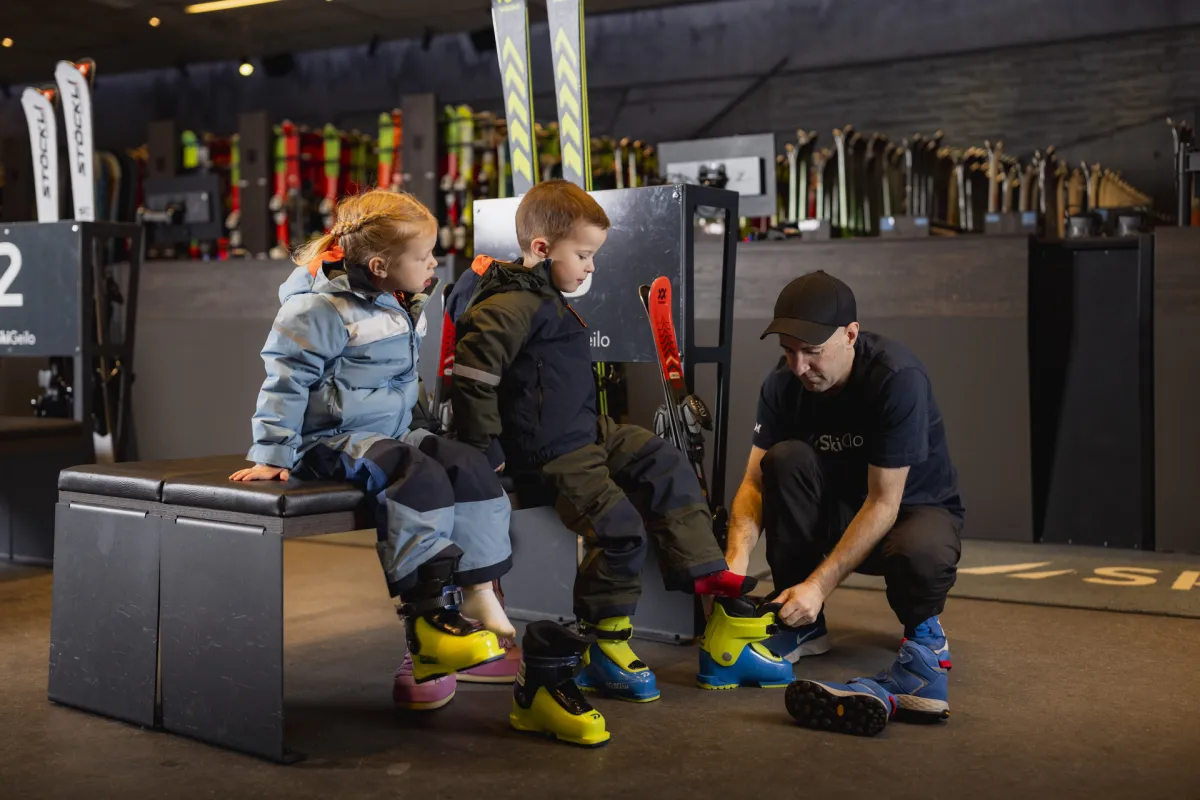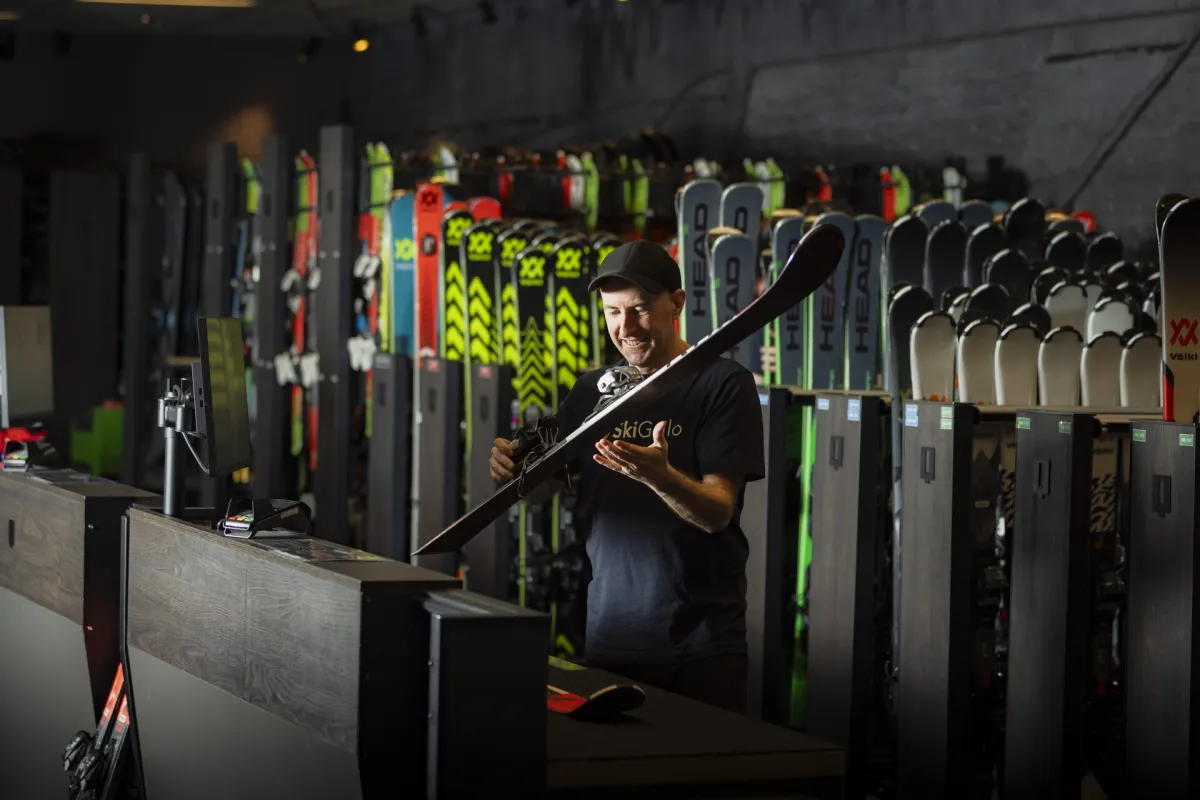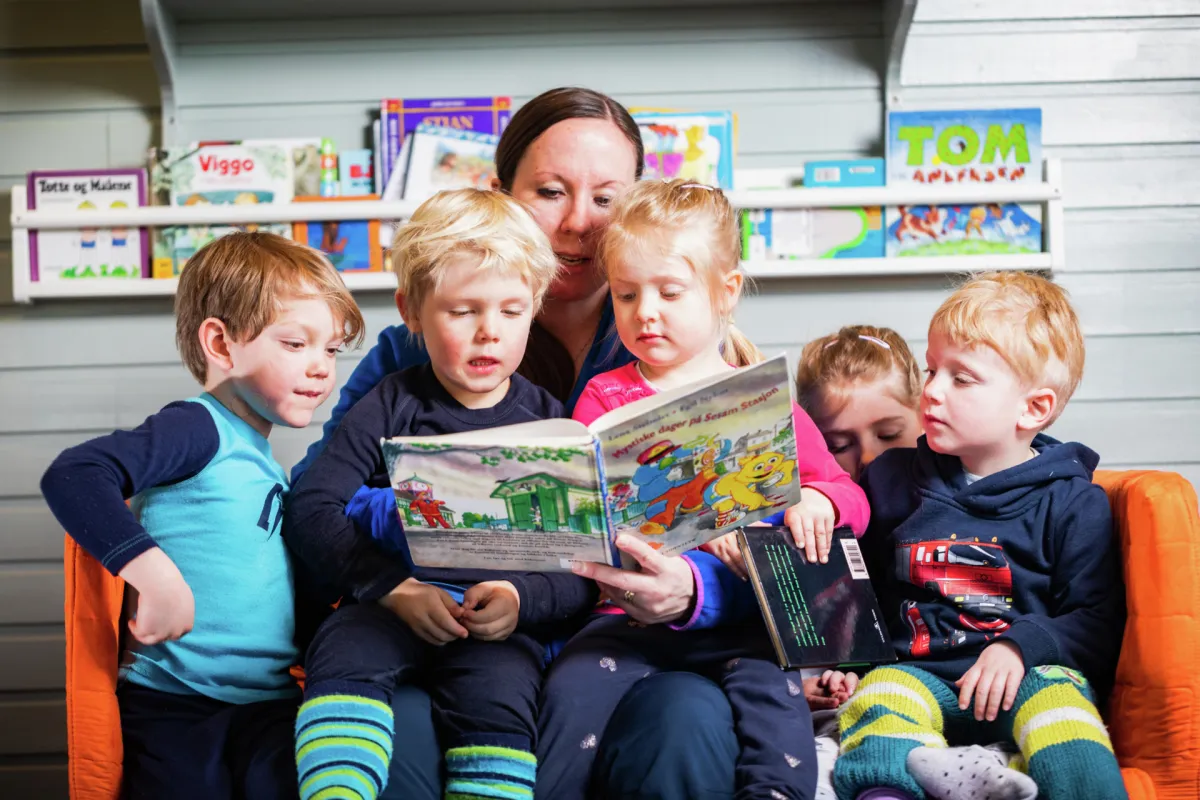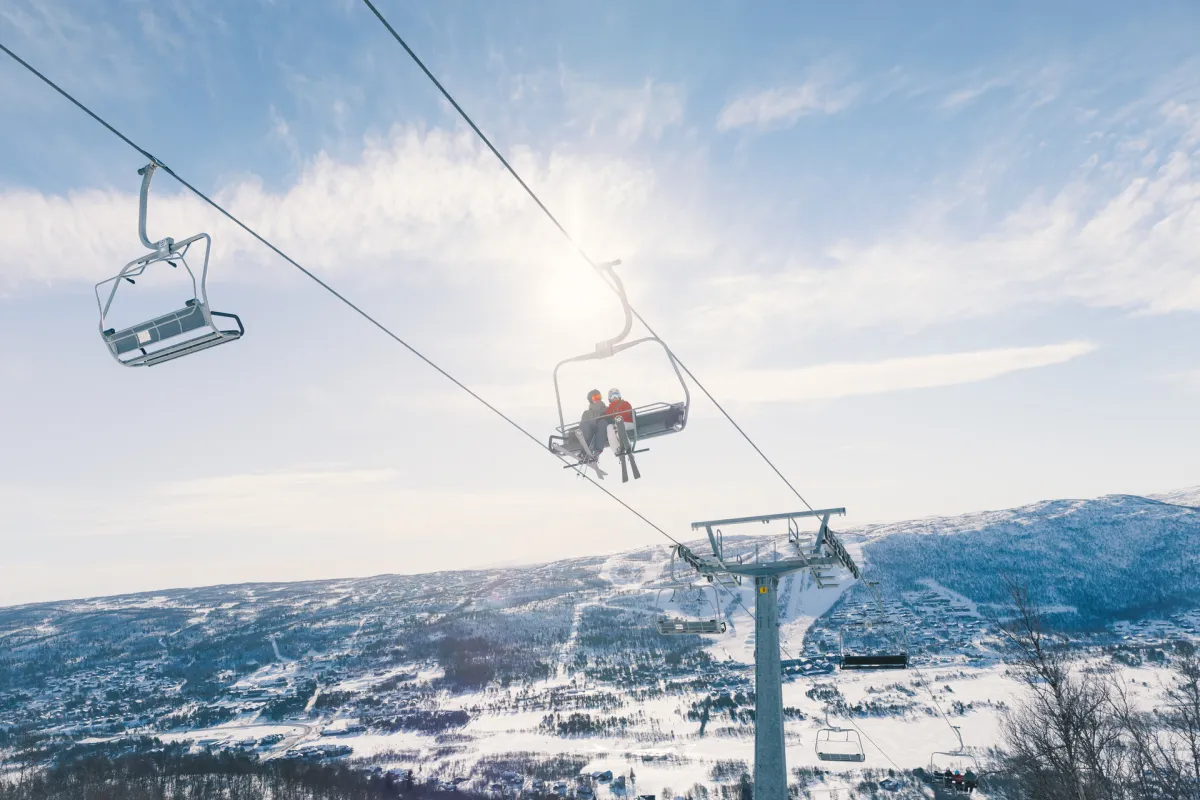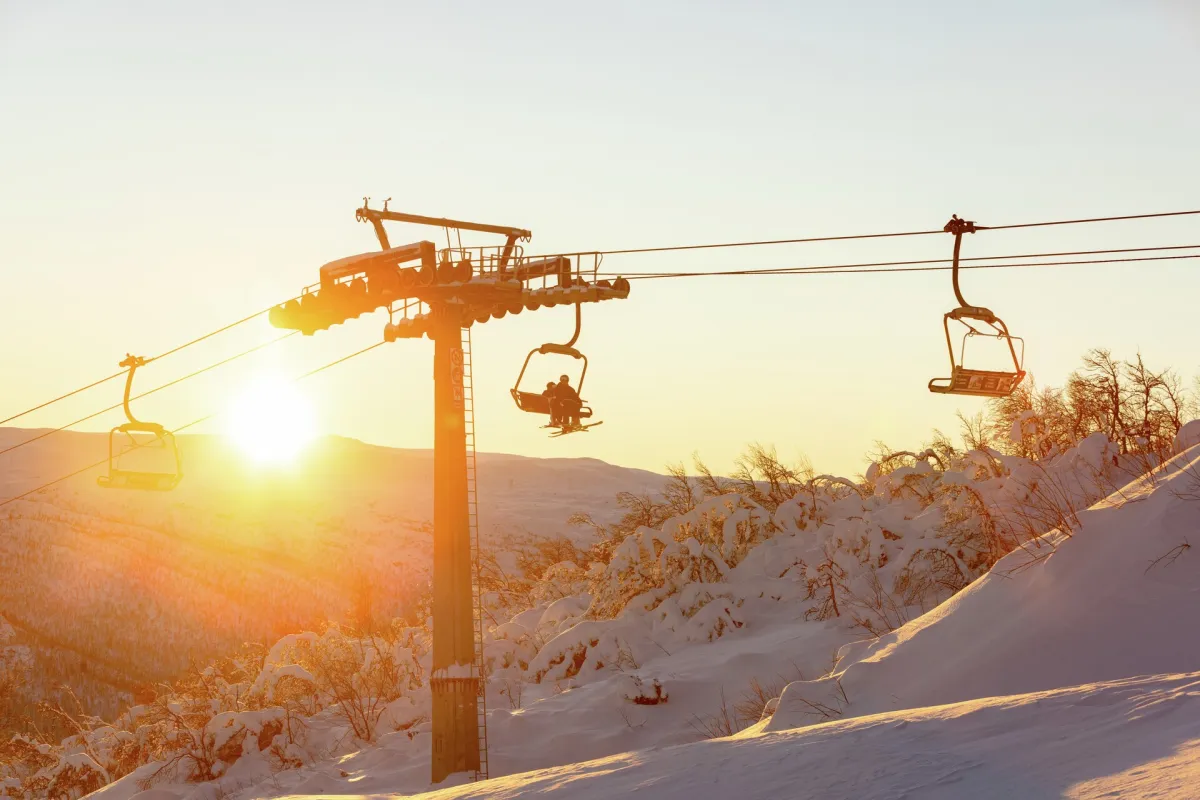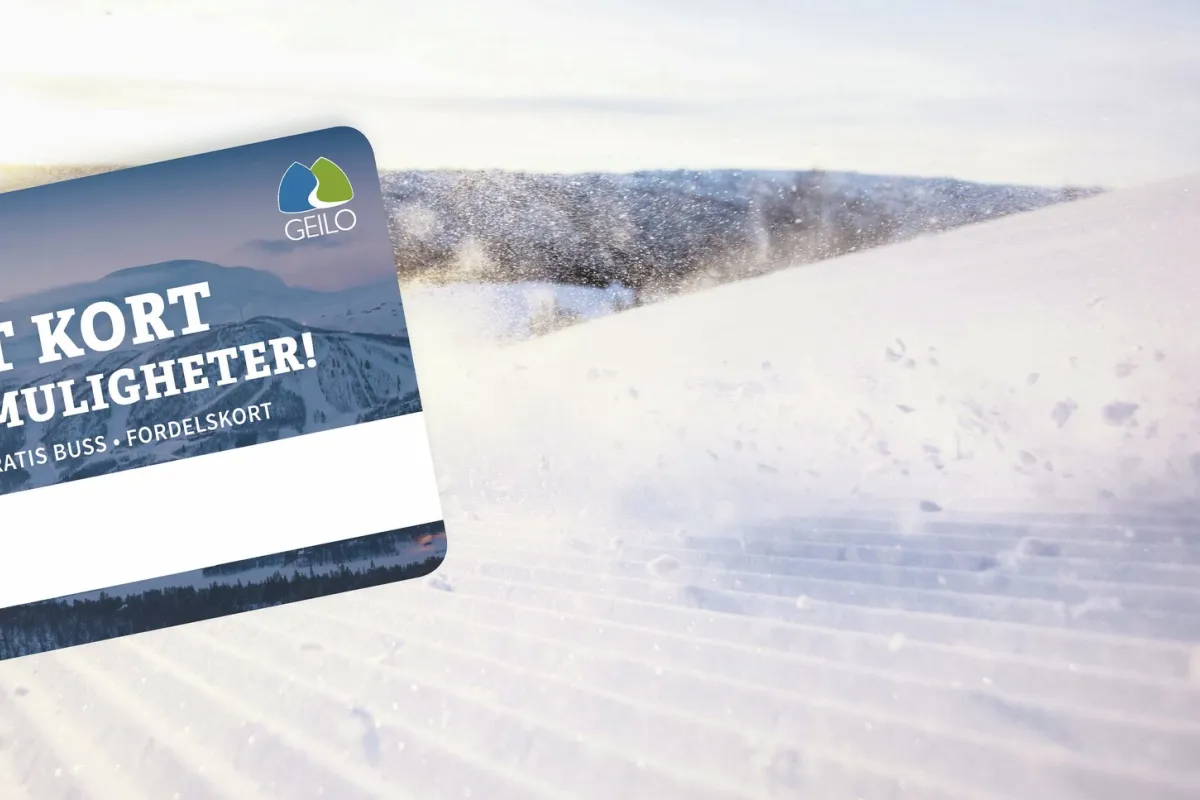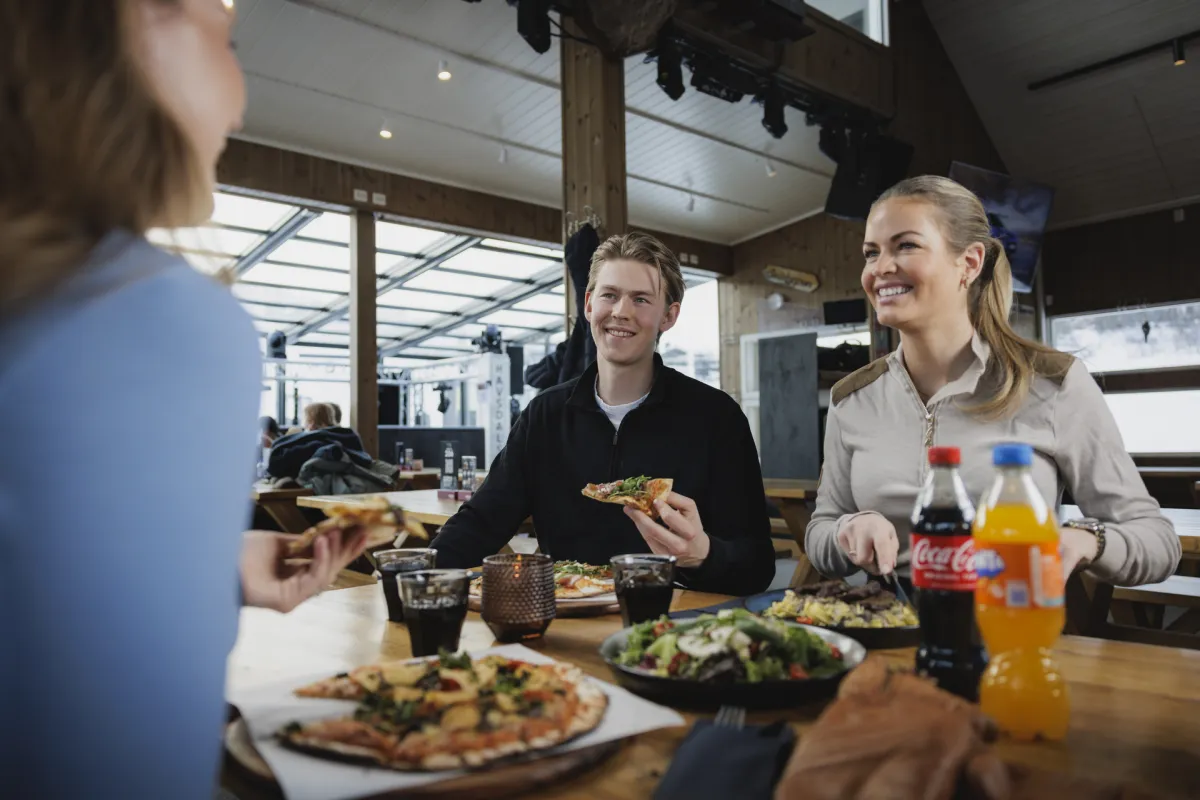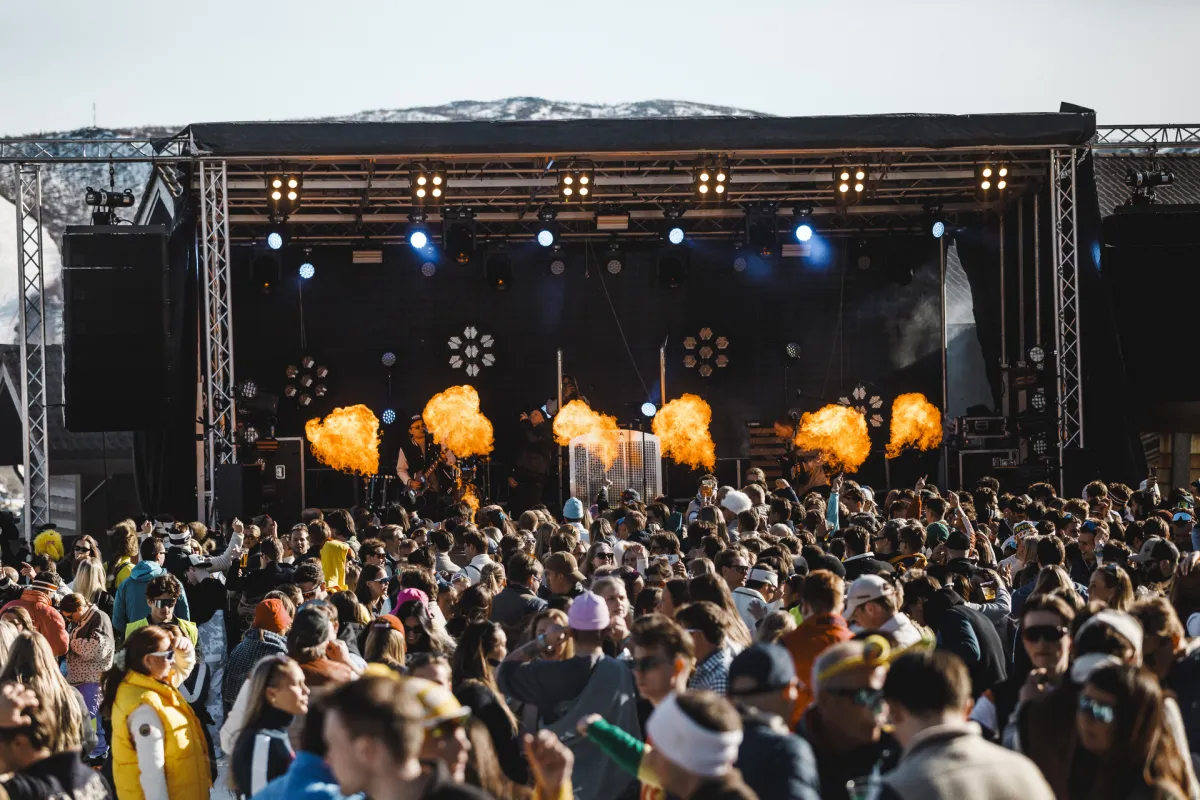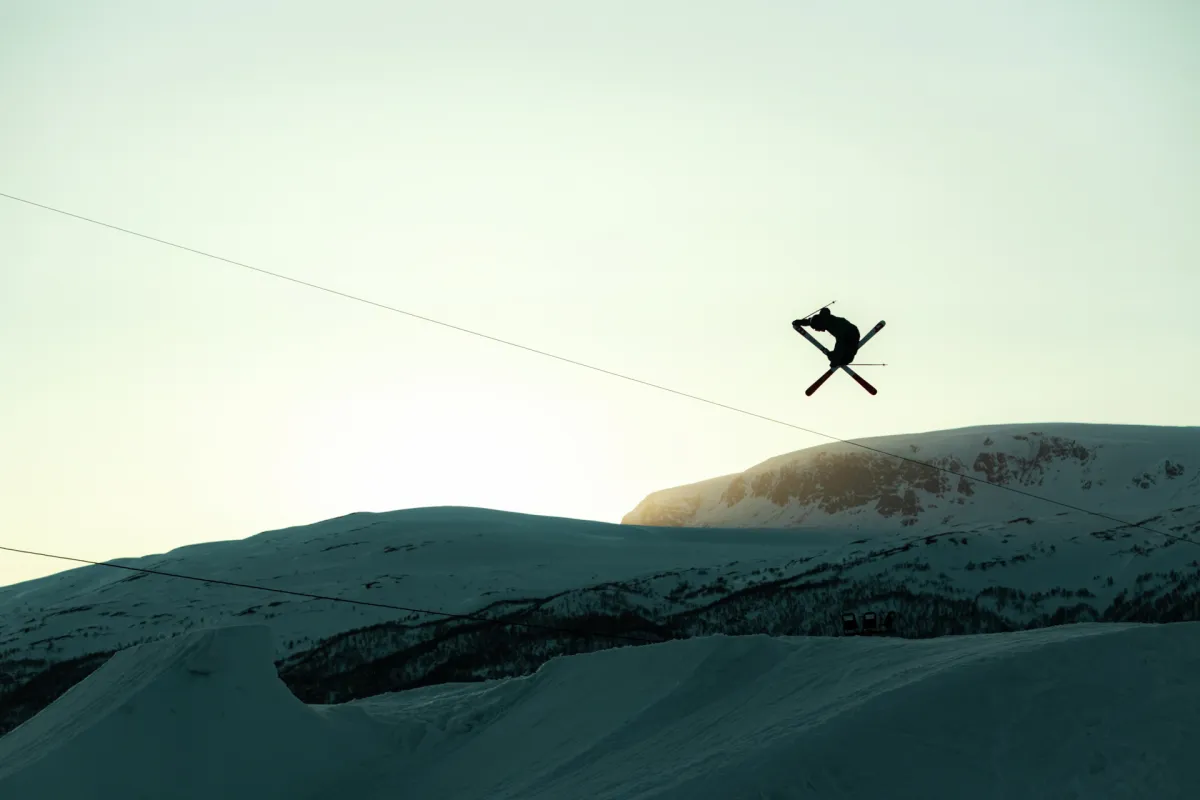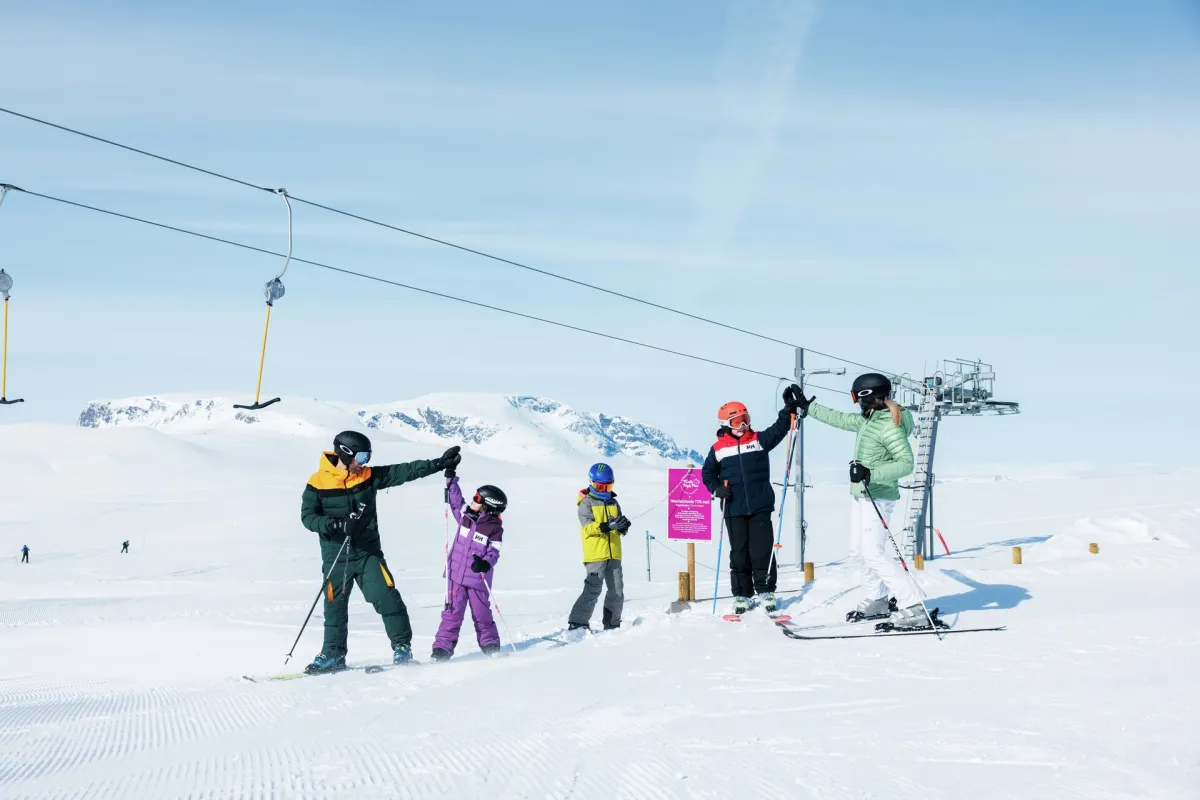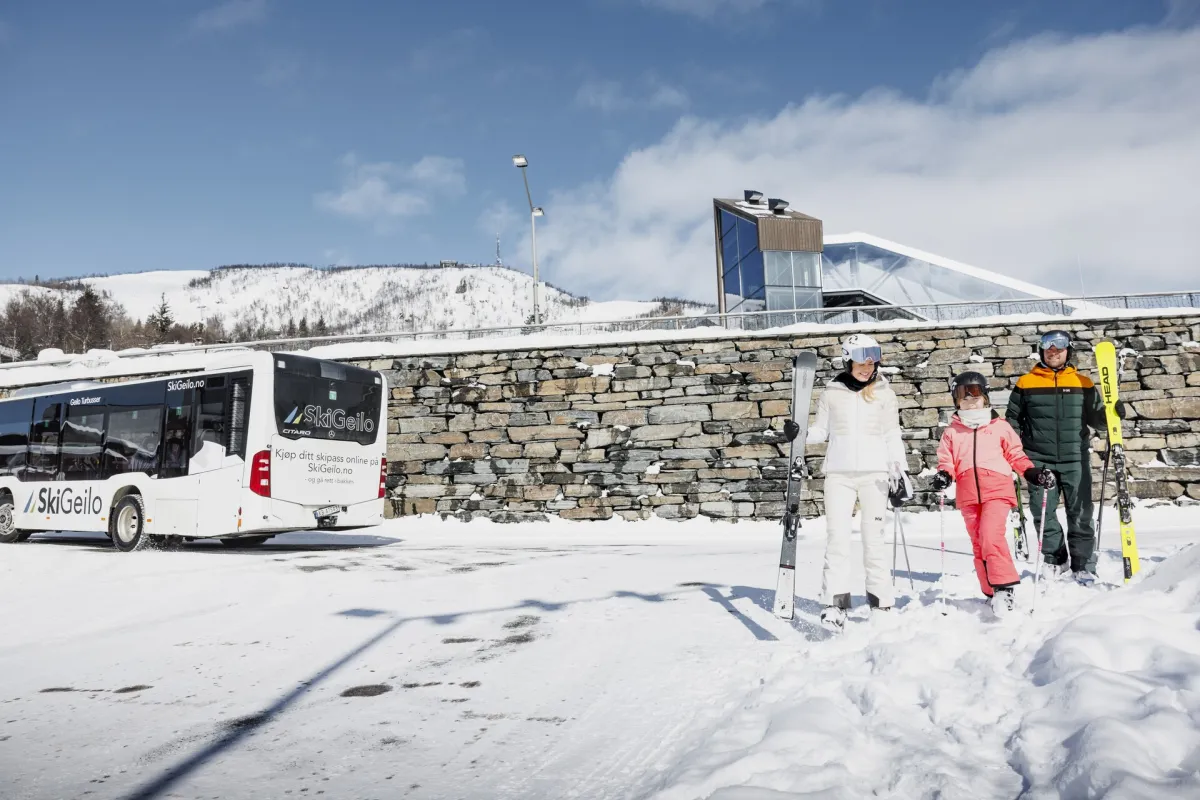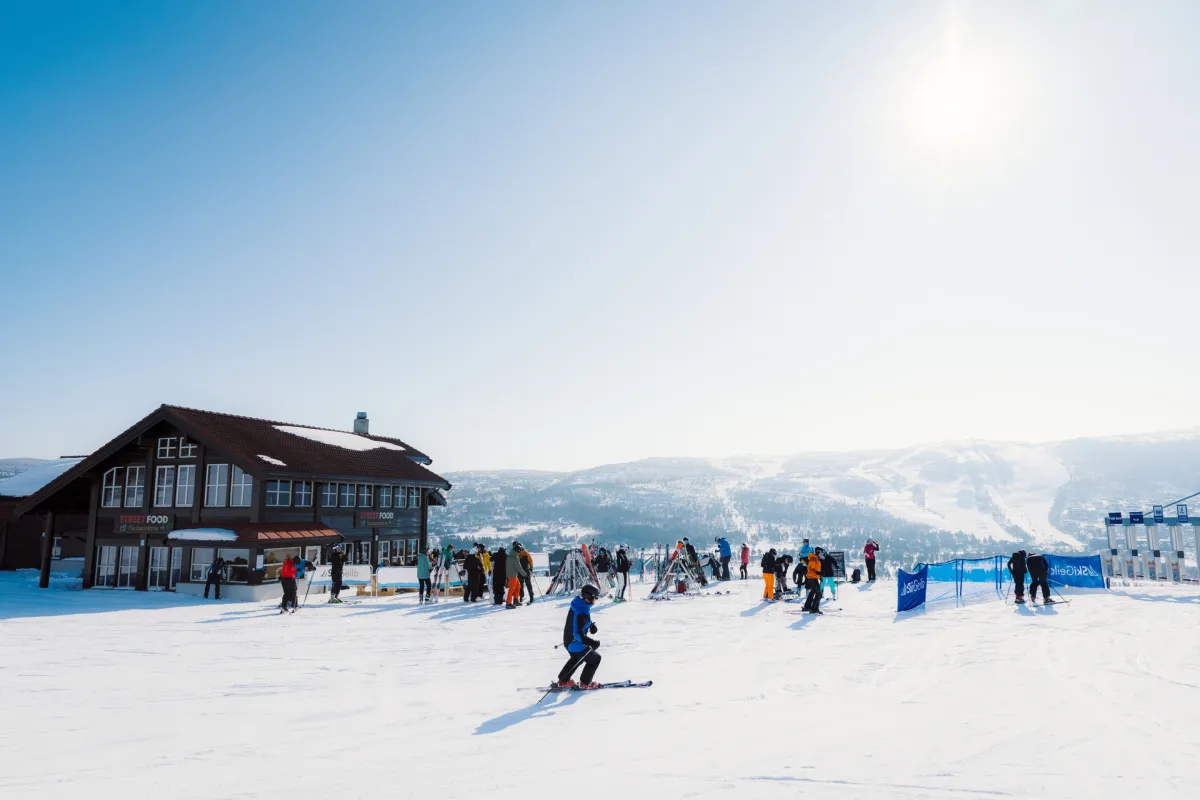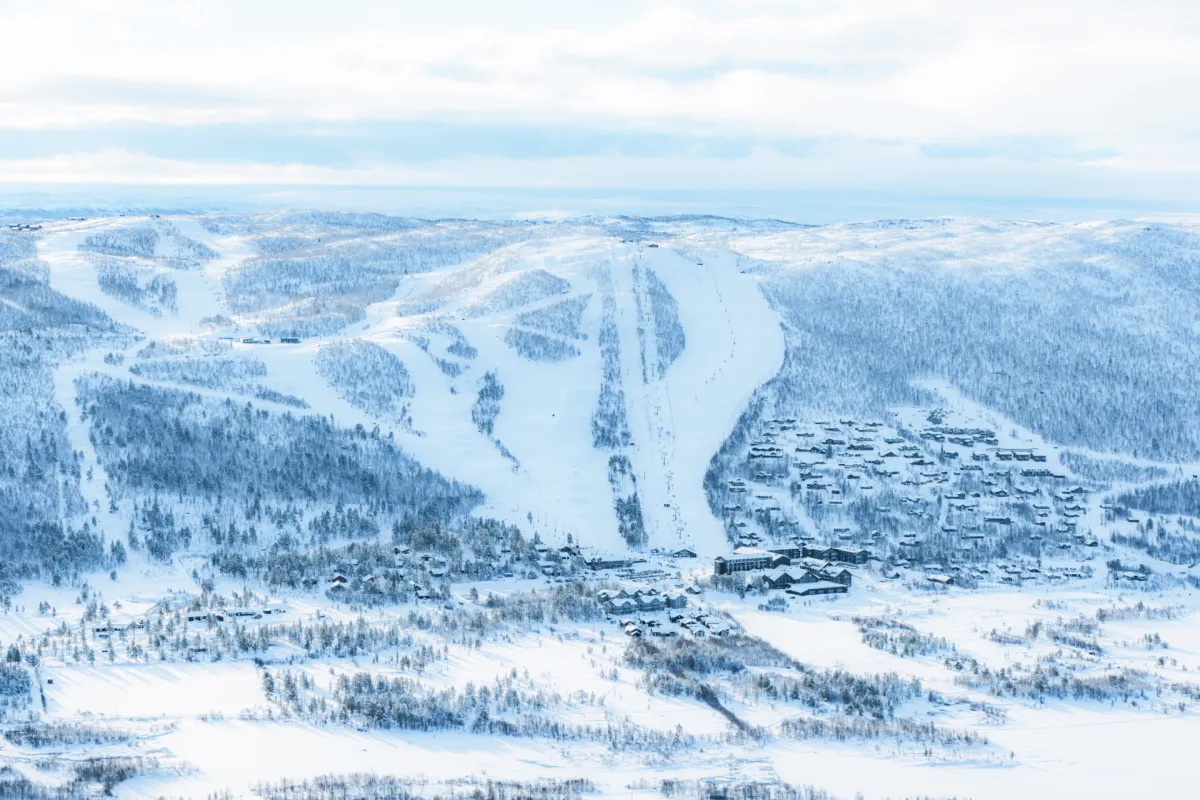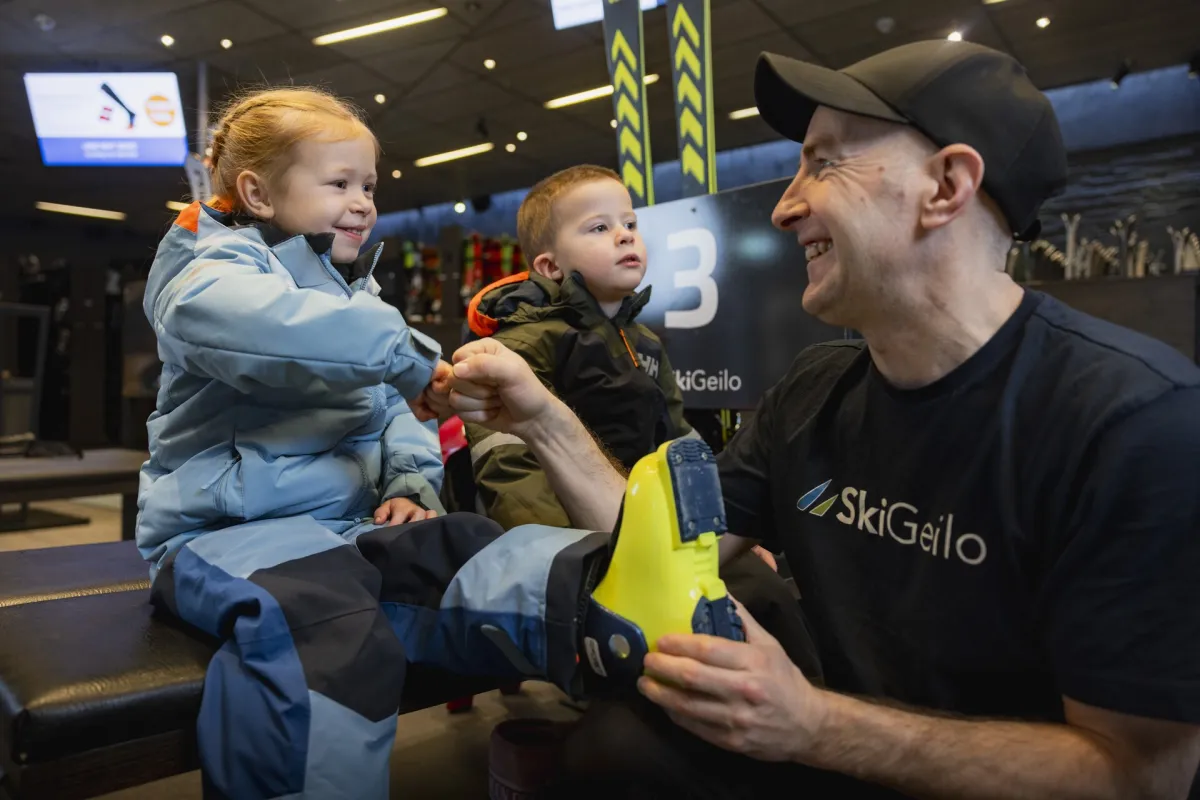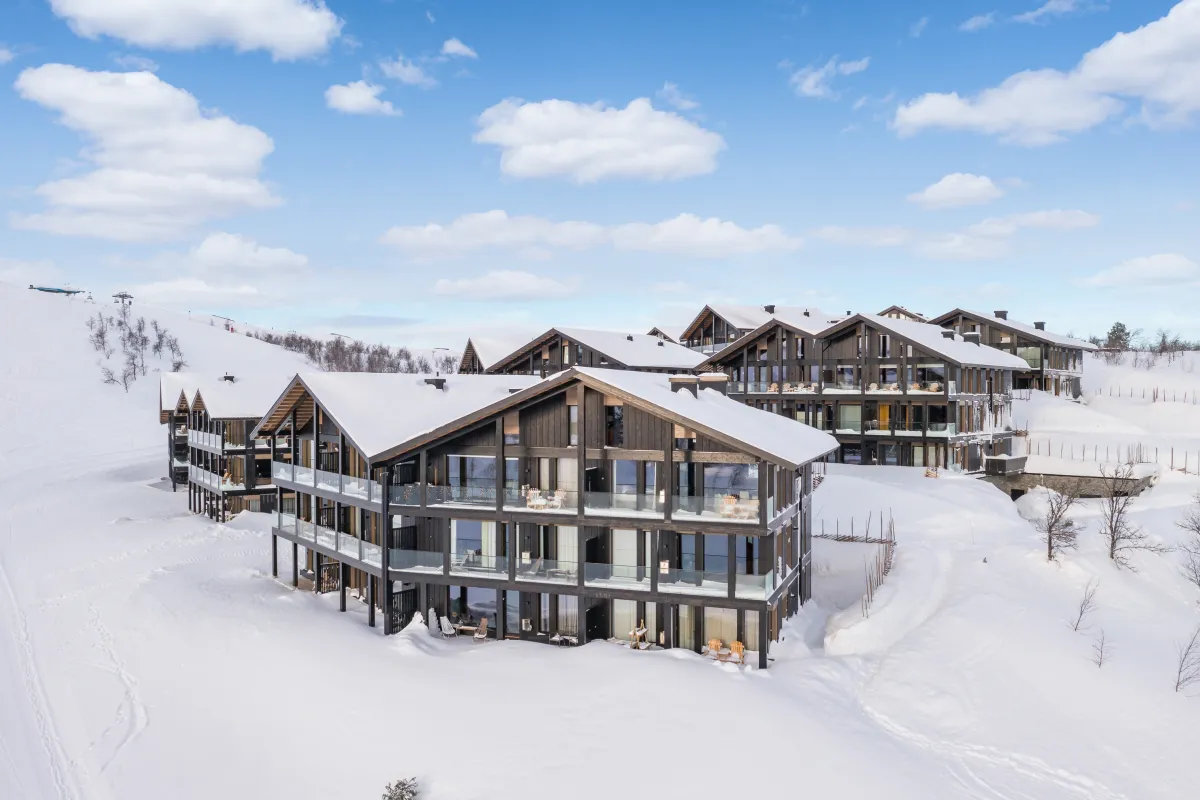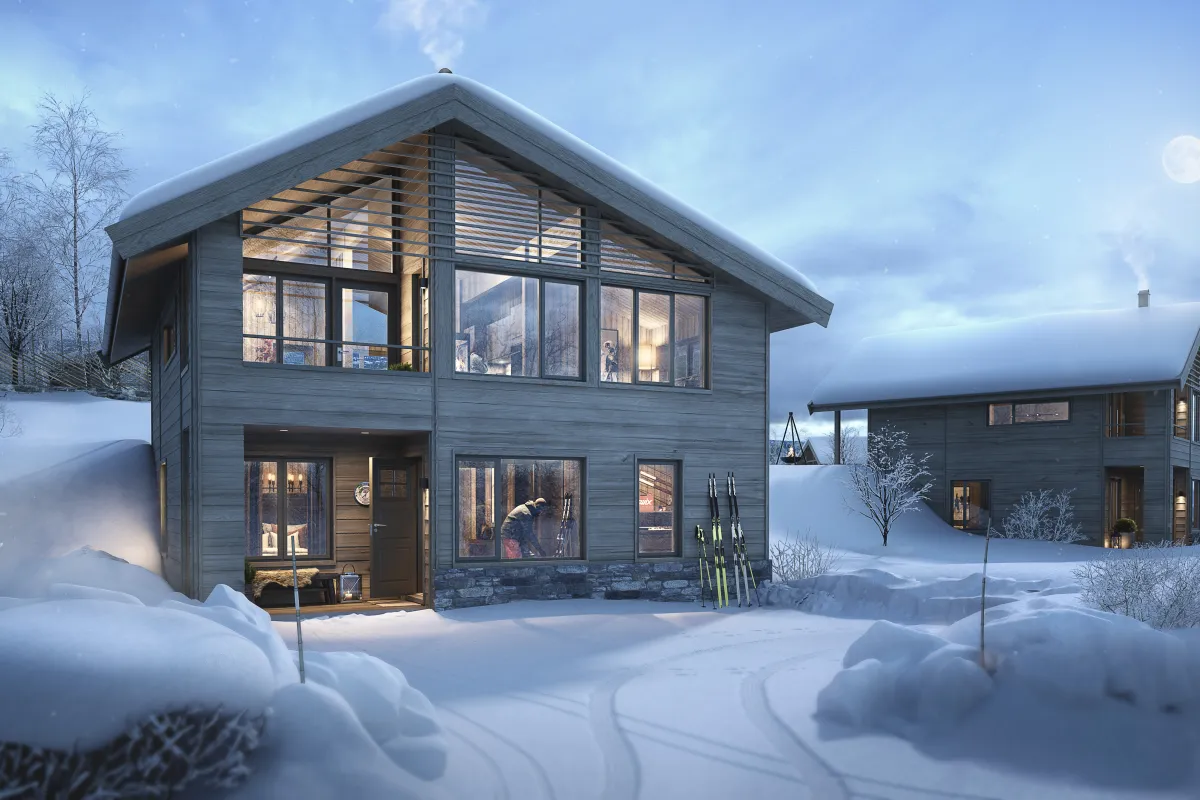The Ski Resort in Geilo
Geilo is one of Norway’s largest ski resorts. With safe, wide, and fun slopes on both sides of the village, skiing becomes a shared experience for all generations—whether you are a beginner or an experienced skier. Geilo has been awarded Norway’s Best Ski Resort by the World Ski Awards for seven years in a row!
The ski season runs from mid-November to the end of April and offers a complete alpine experience with varied slopes, multiple children's areas, mountain dining, ski rental, ski school, après-ski, ski bus services, and more.

